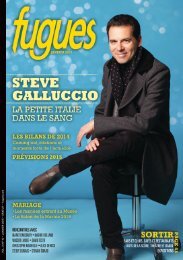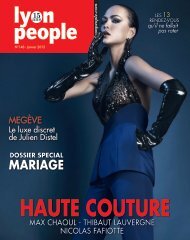MARGARET PETERSON HADDIX
Welcome to the debut issue of Middle Shelf: Cool Reads for Kids. I am thrilled to be a part of this amazing new endeavor. Good books have the power to entertain, to spark imaginations, and to transform lives, which is precisely why Middle Shelf came into being. We want to connect middle grade readers with the very best books, whether they are on the best-seller lists, published by small and indie presses, or self-published. What will you find in this issue? First, Margaret Peterson Haddix, author of many popular books for kids and teens, gives us a glimpse into the latest book in her The Missing series. Gilbert Ford and Nicole de las Heras discuss how they worked together to create the cover for Escape From Mr. Lemoncello’s Library by Chris Grabenstein, who is interviewed in this issue as well.
Welcome to the debut issue of Middle Shelf: Cool Reads for Kids. I am thrilled to be a part of this amazing new endeavor. Good books have the power to entertain, to spark imaginations, and to transform lives, which is precisely why Middle Shelf came into being. We want to connect middle grade readers with the very best books, whether they are on the best-seller lists, published by small
and indie presses, or self-published. What will you find in this issue? First, Margaret Peterson Haddix, author of many popular books for kids and teens, gives us a glimpse into the latest book in her The Missing series. Gilbert Ford and Nicole de las Heras discuss how they worked together to create the cover for Escape From Mr. Lemoncello’s Library by Chris Grabenstein, who is interviewed in this issue as well.
You also want an ePaper? Increase the reach of your titles
YUMPU automatically turns print PDFs into web optimized ePapers that Google loves.
38<br />
publisher’s<br />
corner<br />
Tanglewood Press<br />
was founded in 2003<br />
by Peggy Tierney and<br />
is the home of many<br />
wonderful books<br />
for children of all<br />
ages, including the<br />
popular picture book<br />
The Kissing Hand<br />
by Audrey Wood.<br />
Today Peggy shares<br />
a glimpse into the<br />
publishing world and<br />
the process behind<br />
creating entertaining<br />
and memorable books.<br />
P R E M I E R E I S S U E : F A L L 2 0 1 3<br />
Tanglewood Press<br />
Peggy Tierney, Editor & Publisher<br />
www.tanglewoodbooks.com<br />
Middle Shelf: How do you<br />
choose books to publish?<br />
Tanglewood Press: The first<br />
step of publishing a book is the<br />
selection of the manuscript to<br />
publish. We have an employee<br />
whose sole duty is to read<br />
the manuscripts received (the<br />
“slush pile”) and select a few<br />
that stand out, maybe thirty or<br />
forty in any year. Then the editor<br />
will go through those few and<br />
select one or two to publish.<br />
MS: How often do you publish<br />
books?<br />
TP: Books are published by<br />
season — the main ones being<br />
spring and fall —and the work<br />
on a book begins twelve to<br />
eighteen months before its<br />
release. Marketing and sales<br />
plans also begin right away.<br />
Bookstores ideally want to have<br />
sample books and marketing<br />
materials six to nine months<br />
before a book is released. So<br />
at the same time a manuscript<br />
is being edited, marketing plans<br />
and pieces are being created.<br />
MS: How important is the<br />
cover of a book?<br />
TP: People often assume that a<br />
cover is the last thing done for<br />
a book, but it’s often the first.<br />
Why? Because it is the most<br />
important marketing piece of a<br />
book. The ideal cover expresses<br />
the story but should also be so<br />
cool looking or create some curiosity<br />
that it makes the customer<br />
want to pick it up off a bookstore<br />
shelf. Cover creation is a joint<br />
effort between designers, illustrators,<br />
editors, and the marketing<br />
and publicity team. And it’s<br />
way harder than it looks!<br />
MS: Can you explain the process<br />
of editing and printing<br />
books?<br />
TP: While the manuscript is<br />
being edited, a developmental<br />
editor looks at things like<br />
character development, pacing,<br />
tone, plot. Writers will rewrite<br />
parts that can be improved. A<br />
copy editor handles punctuation,<br />
grammar, spelling. A proofreader<br />
will then give the book<br />
a final reading. Still, even with<br />
so many editors working on a<br />
book, little mistakes can slip<br />
through.<br />
After that, the designer takes<br />
the manuscript and cover image<br />
and puts them into book form,<br />
ready to print. A production<br />
manager arranges the printing<br />
process, which is always done<br />
by a printing company, not the<br />
publisher. The marketing team<br />
has prepared lots of materials<br />
describing the book and why<br />
stores should sell it, and the

















